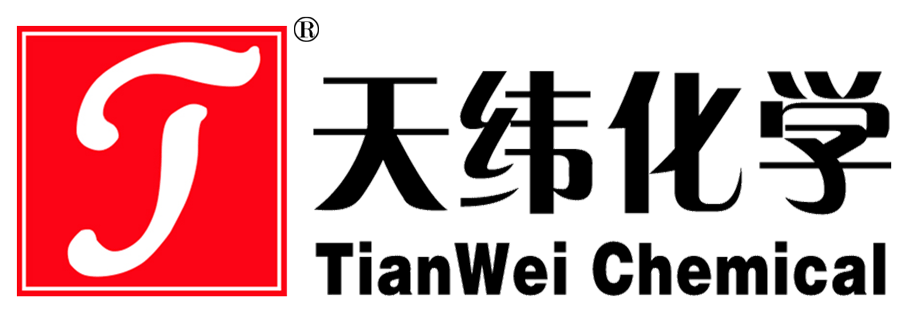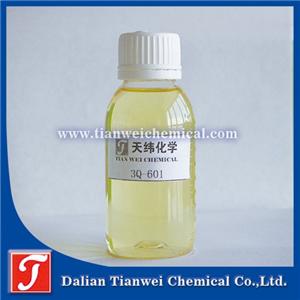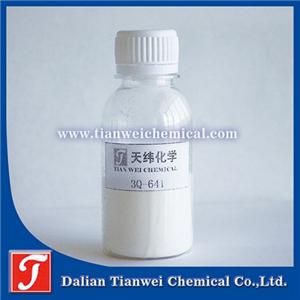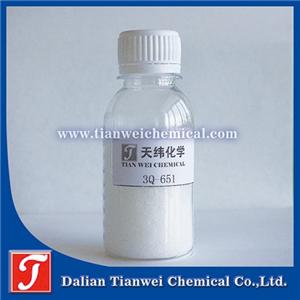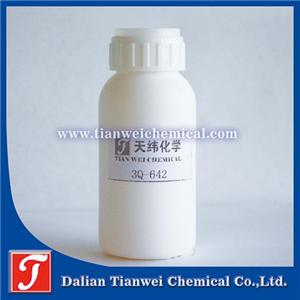How can antibacterial agents be added to special glass
The addition of antibacterial agents to special glass to achieve antibacterial functions is mainly accomplished by adding antibacterial agents to the glass or coating their surfaces. Specific methods include ion exchange, melting, coating, etc. The following is a detailed introduction:
Ion exchange method
Principle: A solution containing antibacterial ions is subjected to ion exchange with glass, causing the antibacterial ions to displace some of the original ions in the glass, thereby forming an antibacterial layer on the surface or inside the glass.
Advantages: Long-lasting antibacterial effect and not easy to fall off.
Application: Suitable for special glass products that require long-term maintenance of antibacterial performance.
Melting method
Principle: Antibacterial agents are melted together with glass raw materials, and then antibacterial glass is produced through processes such as cooling and shaping.
Advantages: The antibacterial agent is evenly distributed and has a good antibacterial effect.
Disadvantages: The process is relatively complex and the cost is high.
Application: It is suitable for special glass products with high requirements for antibacterial performance and where cost is not the main consideration.
Coating method
Principle: Apply an antibacterial coating on the surface of the glass to endow it with antibacterial properties.
Advantages: The process is simple, easy to achieve large-scale production, and the thickness and antibacterial performance of the coating can be adjusted as needed.
Disadvantage: The firmness and durability of the coating are the key factors affecting its service life.
Application: It is suitable for special glass products that need to quickly achieve antibacterial functions and have certain cost control.
